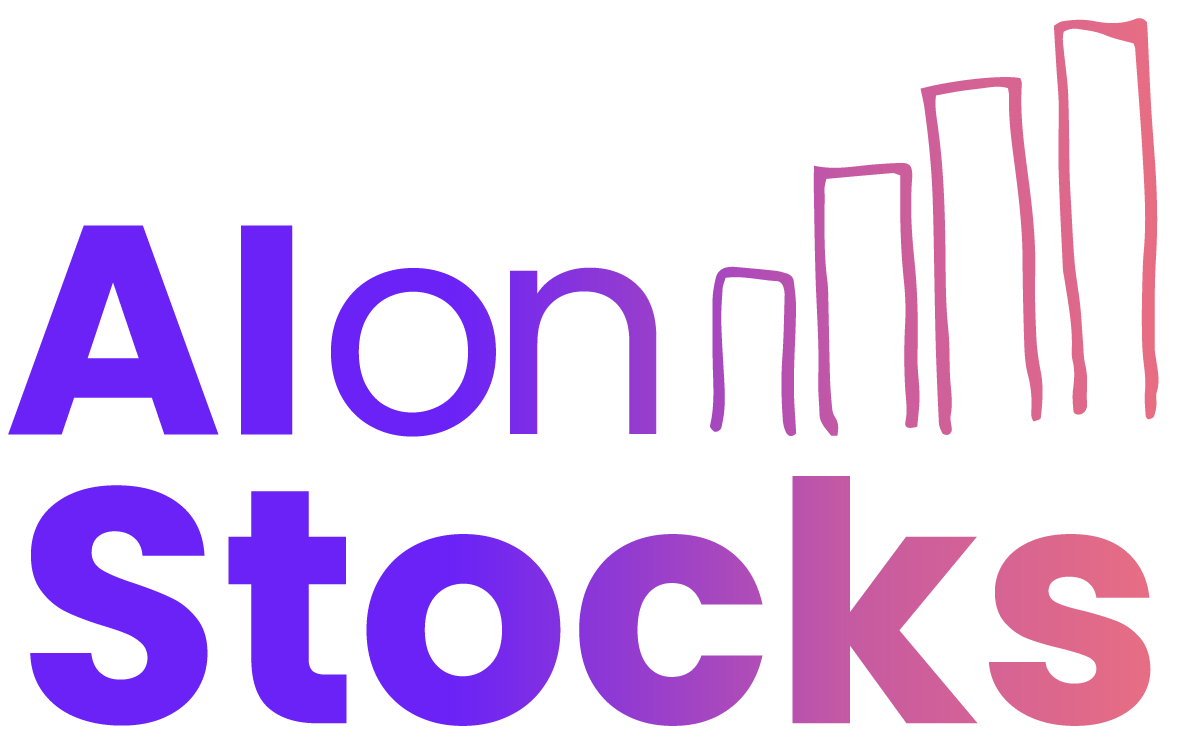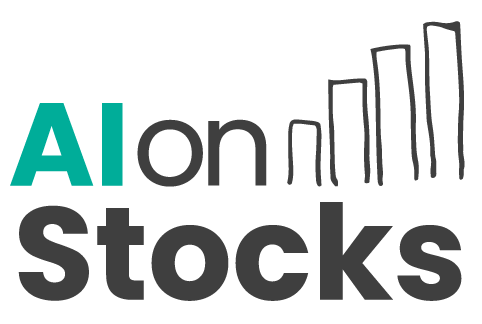Futures Trading Bots vs AI Smarter Entry Signals Without the Bot Hype
Futures trading has always attracted a specific kind of trader—someone looking for high leverage, volatility, and clear directional plays. But in recent years, the market has become increasingly saturated with promises of “fully automated” success from every new futures trading bot. These bots claim to offer hands-free profits with the push of a button. In reality, the line between practical automation and overhyped artificial intelligence is often blurred. This blog explores how modern AI can enhance your futures trading strategy—particularly in generating smarter entry signals—without falling into the trap of full automation for automation’s sake.
Why the Hype Around the Average Futures Trading Bot Falls Short
The futures trading landscape is no stranger to automation. Tools like algorithmic scripts and trading bots have existed for decades. However, the recent surge in mainstream interest in artificial intelligence has resulted in a flood of futures trading bots marketed as “AI-powered.” Despite the buzz, most of these bots simply execute predefined strategies with basic conditional logic—far from intelligent or adaptive solutions.
Many traders are lured by the idea of passive income. They believe a bot can enter and exit trades with perfect timing, based solely on historical price data. However, markets evolve. Economic data shifts, geopolitical events unfold, and trader sentiment constantly reacts. True profitability isn’t in a static rule-based system—it’s in the trader’s ability to adapt. That’s where modern AI lends real value—not in autonomous bots, but in enhancing decision-making.
AI for Futures Traders: Beyond Full Automation
Rather than replacing human decision-making, the most effective use of AI in futures trading lies in support systems. These systems analyse vast quantities of historical and live data to uncover patterns not easily visible to the naked eye. They don’t click the “buy” and “sell” buttons for you, but rather help you decide when to do so—based on higher-quality entry signals.
Smarter Entry Signals Through Pattern Recognition
Machine learning models are extremely good at pattern recognition—particularly in identifying statistical anomalies, repeated setups, and behavioural tendencies in market data. For futures traders, this means AI can suggest high-probability zones for initiating trades based on price action patterns, volume profiles, and market microstructure.
Instead of reacting to a moving average crossover that a thousand other traders have flagged, an AI-enhanced strategy might help you anticipate liquidity pools or impending volatility by recognising signals buried deep in the order book or derived from NLP analysis of economic releases. These are subtle but powerful edges not typically used by your average futures trading bot.
Contextual Awareness Beats Dumb Automation
Context is everything in futures. An entry signal that worked great in September might perform poorly in December during lower volume holiday trades, or in June when central banks sit on the cusp of rate decisions. AI excels at evaluating context—an area where traditional trading bots often fail miserably. By ingesting macroeconomic data, sector rotation patterns, options flow, and even social sentiment analysis, AI tools can help determine whether your trade idea fits the current market regime.
Think of it like a co-pilot. While you’re at the controls, AI is feeding you relevant insights: momentum scores, risk-adjusted entry zones, correlation flags. You’re still flying the plane—but smarter, more confidently, and based on deeper contextual data than human intuition alone could process in the heat of the moment.
The Problem With Full Automation in Futures Trading
Tempting as it may be, full automation—letting a futures trading bot execute your trades start to finish—comes with serious limitations. Volatility is both a threat and an opportunity, but bots are notoriously poor at reacting to unexpected news events or one-time spikes. Once conditions deviate from the backtested script, even a “profitable” bot can spiral into drawdown.
Worse yet, many retail-focused bots lack proper risk management protocols or error handling, often doubling down on failing trades or trading outside allowable margin. These failures aren’t hypothetical—they’re daily realities for many unfortunate bot users who trusted automation over oversight.
This is why the growing segment of traders are moving toward semi-automated systems—ones boosted by AI insights but anchored in human judgment. It’s not about being faster than the market; it’s about being more adaptive to it.
The Human-AI Hybrid: The Future of Futures Trading
When we move past the illusion of passive profits and embrace AI as a strategic assistant rather than a full replacement, the benefits become clear. Instead of using a generic futures trading bot that reacts based on stale inputs, traders can adopt machine learning models customised to their style, timeframe, and risk profile. These models suggest setups based on evolving data and let the trader decide how to engage with the market.
Even institutional desks are shifting toward this model. Large brokerages and hedge funds use AI not as a standalone executor, but as a recommendation engine—scanning hundreds of contracts, filtering out low-probability environments, and highlighting statistically significant plays. Retail traders must begin to think the same way—not by turning off their monitors and trusting a bot, but by turning on new layers of intelligence into their workflows.
Conclusion: Smarter Isn’t Fully Automated—It’s AI-Enhanced
The future of futures trading isn’t found in a download link or a me-too trading bot promising AI miracles. It’s found in the trader who evolves. Smarter entry signals come from deeper insights, more dynamic data analysis, and tools that augment—not replace—the thinking process. When AI becomes your strategist instead of your substitute, you unlock its real power. So if you’re considering a futures trading bot, ask yourself: do you want full automation, or full control with AI at your side?
The next era of futures trading belongs to the hybrid trader: technology-enhanced, rule-aware, and decisively human.


